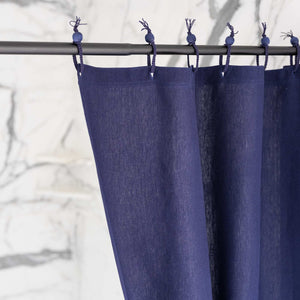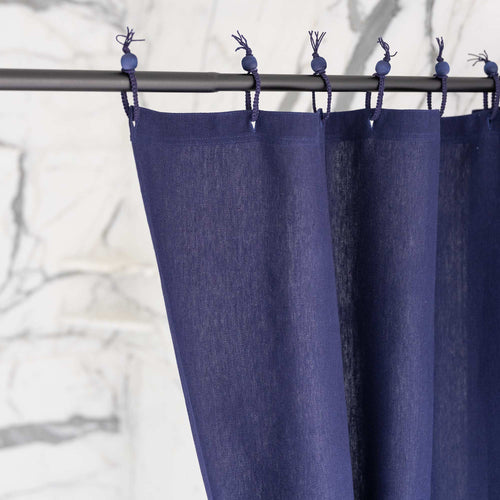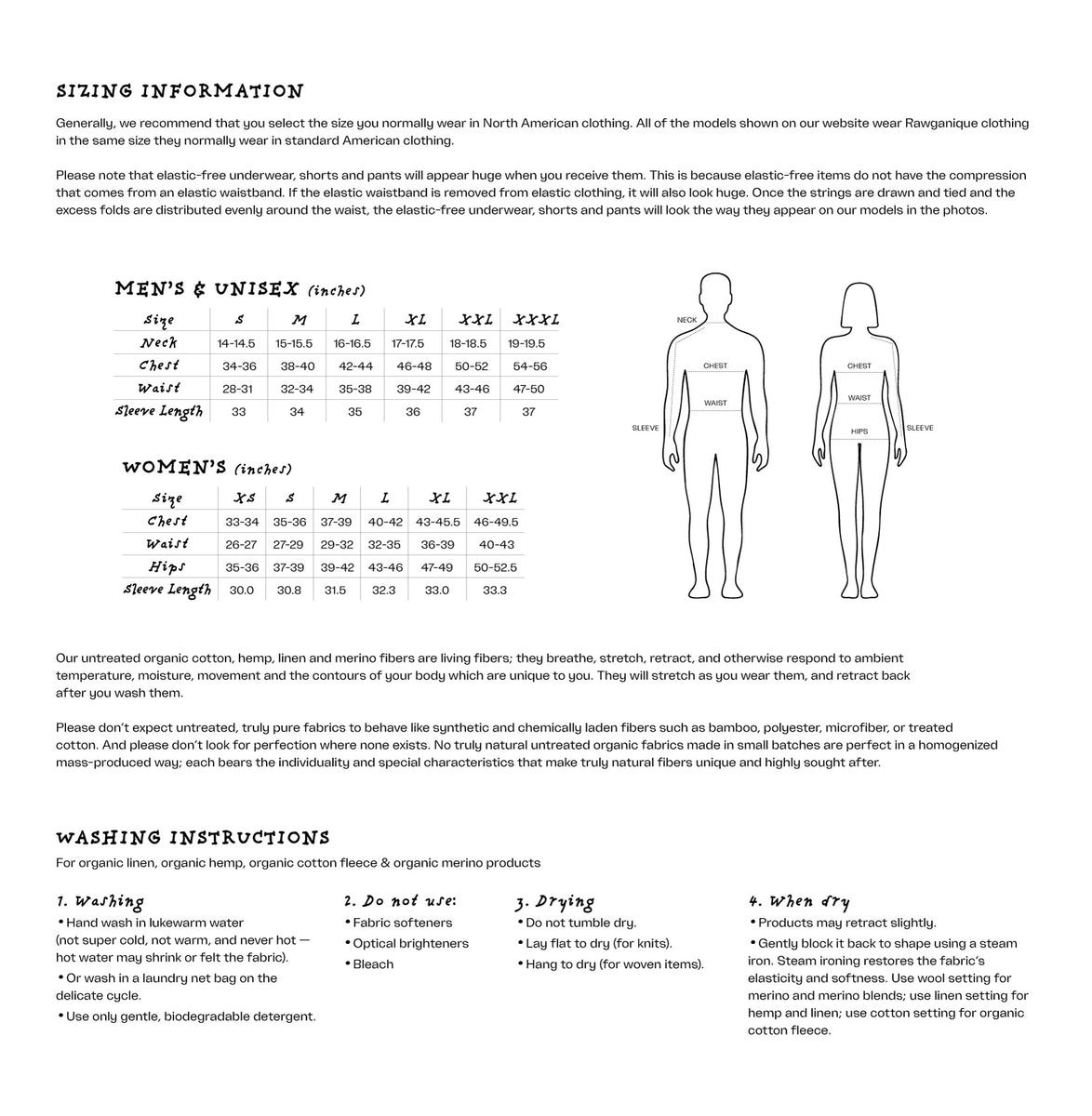Saving Seeds of Flowers & Vegetables
Top photo: Kale plants produce a lot of seeds, which are enclosed in pods. Let the seed heads dry on the plant. Open a pod to see if the seeds have filled out and turned black. Once the seeds are hard and black, you can cut all the seed stalks and dry them in a warm, dry place (to prevent molding). Once everything is dry, put all the pods into a big bin and squish them gently with your booted feet. The seeds will fall to the bottom. Compost the dry pods and stalks. Keep the seeds in a cool dry place for sewing from early spring to September.
Saving seeds is simple and saves you money
We specialize in growing greens year-round for our garden because apart from fruits, raw organic greens form the bulk of our diet. We have found that saving seeds is simple and free. You can have a great variety of greens in perpetuity by simply doing what plants do anyway: after you're done eating from the plants, just let select plants go to seed. Many of the common vegetables, like lettuce and kale, bear prodigious amounts of seed so for most families saving a plant or two per variety is more than enough.
Saving seeds for us fall into two categories.
Self-seeding plants
In this category are plants that readily self-sow without any help from you. You'll have them for as long as you don't disturb the soil too much or pile thick layers of soil or mulch on top of the soil on which these plants grew the year before. Minutina, Mache, claytonia, kale, parsley, and even tomatoes and tomatillos fall into this category. We always have them in the garden year after year, without any work on our part. The plants flower, go to seed, and drop their seeds. The seeds lie there dormant on or in the soil until conditions are right for them to germinate. And their instincts are usually right on. Kale seeds would germinate in early, early spring all on their own.
At the end of the season, we always have over-ripe tomatoes on the vines. Since we practice wild gardening where we let nature work out her own solutions, we usually let plant residues decompose in place (we don't pull out spent plants, just cut at ground level). All kinds of critters and organisms then break down organic materials into food for the next crop of plants. So a tomato would rot down gradually on the soil and deposit the seeds there that will germinate into many new tomato plants the following year. This way of growing tomatoes mean our crop is usually a late one, but since we have 5 greenhouses it's not a problem. We have so many other things to eat until our tomatoes ripen anyway. Plus they continue bearing into December, which is much later than in most gardens. You can also save tomato seeds by just letting the fruit rot in a bowl in a warm place. The resulting gooey mess will clear up over time and the seeds will then be ready to store in a cool dry place when the solution clears up.
An added bonus for plants in this category is that many plants not only self-seed but survive for many years. Kales and chards are amazing in this respect. In our mild winter region, kales and chards will survive for 3-4 years. We end up having them everywhere in the garden, which is great because whatever we can't finish is given to friends and our pet animals. Our pet ducks, chickens, and geese sure love greens of any sort. We blend greens for our cats and dogs and mix with their other foods.
Plants whose seeds we collect
These are plants that require a teeny bit more care if we are to make sure we have them in the garden year to year. I'll just go over some of the more common ones that we grow in our garden, with some tidbits on each under their photos.
Eating freshly picked organic produce from your own garden keeps you healthy and Mother Nature safe and sound. You can grow vegetables in pots or tubs of soil if you don't have a lot of space. You can do it on the balcony or indoors. Even a few plants will make sure you get live enzymes and vitamins that only fresh raw vegetables can provide.
Happy seed saving and bon appetit!
All lettuces were bred from dandelions or chicories/escaroles, and the seed heads give this fact away with their white puffy dandelion-like crowns that make seeds airborne for scattering. When the seeds have filled out and dried to their cream or black color (depending on the variety), they are ready to be gently squished into a container and stored in a cool, dry place for planting anytime of year except January. When the temperature is cold, sow in a greenhouse or coldframe.
Garden-fresh spinach is amazing and bears little resemblance to the waxy spinach you get in the grocery stores that often leaves an aftertaste on your tongue. Spinach likes cool weather so is perfect to grow in early spring, fall, and winter (under a cloche or in the greenhouse or coldframe).
Chard is a traditional standby in Switzerland and Germany. It's a very hardy plant that produces well year-round. Chard has a very thick root system (it's in the same family as beets) and will produce tasty and nutritious leaves for 3 to 4 years, especially if you keep cutting back the flower stalks, thereby discouraging it from going to seed. Chard seeds are actually seed pods as 2 or 3 plants may emerge from one seed pod.
Escarole or chicories produce very well both in hot and cold weather. We always have tons growing in our garden and greenhouses. If watered regularly, they will remain crisp and sweet through the summer months. They produce hard little seeds that germinate easily with some moisture. Some varieties that we really like are tres fin frisee (serrated, crispy leaves), broadleaf Batavian (broad, lettuce-like leaves with a hint of bitterness), and Neos (frilly, crunchy leaves). Escaroles are great for bulking up your salads during times when lettuce isn't very productive, like in the hot months of summer. Escaroles and chicories have purple flowers, much like wild chicories.
Sunflower seeds are ready to be harvested when the flowers have dried on the stalk. Test by picking a few seeds out to see if they have filled out. We always have so many plants. We usually grow black oil seed sunflowers for sprouting. If it rains when the seeds are done, they have a tendency to mold in the seed head. These we discard by throwing at the chickens, who avidly peck every last one of the seeds in no time.
All lettuces were bred from dandelions or chicories/escaroles, and the seed heads give this fact away with their white puffy dandelion-like crowns that make seeds airborne for scattering. When the seeds have filled out and dried to their cream or black color (depending on the variety), they are ready to be gently squished into a container and stored in a cool, dry place for planting anytime of year except January. When the temperature is cold, sow in a greenhouse or coldframe.
Garden-fresh spinach is amazing and bears little resemblance to the waxy spinach you get in the grocery stores that often leaves an aftertaste on your tongue. Spinach likes cool weather so is perfect to grow in early spring, fall, and winter (under a cloche or in the greenhouse or coldframe).
Chard is a traditional standby in Switzerland and Germany. It's a very hardy plant that produces well year-round. Chard has a very thick root system (it's in the same family as beets) and will produce tasty and nutritious leaves for 3 to 4 years, especially if you keep cutting back the flower stalks, thereby discouraging it from going to seed. Chard seeds are actually seed pods as 2 or 3 plants may emerge from one seed pod.
Escarole or chicories produce very well both in hot and cold weather. We always have tons growing in our garden and greenhouses. If watered regularly, they will remain crisp and sweet through the summer months. They produce hard little seeds that germinate easily with some moisture. Some varieties that we really like are tres fin frisee (serrated, crispy leaves), broadleaf Batavian (broad, lettuce-like leaves with a hint of bitterness), and Neos (frilly, crunchy leaves). Escaroles are great for bulking up your salads during times when lettuce isn't very productive, like in the hot months of summer. Escaroles and chicories have purple flowers, much like wild chicories.
Sunflower seeds are ready to be harvested when the flowers have dried on the stalk. Test by picking a few seeds out to see if they have filled out. We always have so many plants. We usually grow black oil seed sunflowers for sprouting. If it rains when the seeds are done, they have a tendency to mold in the seed head. These we discard by throwing at the chickens, who avidly peck every last one of the seeds in no time.







































